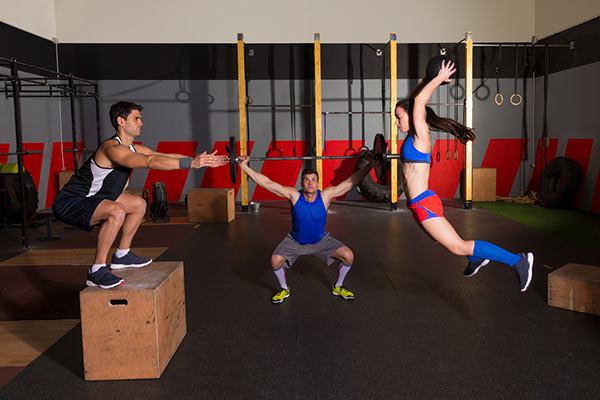 60-second intervals with 60-second breaks are effective whereas 30-second ones and 120-second rests aren’t
60-second intervals with 60-second breaks are effective whereas 30-second ones and 120-second rests aren’t
High-Intensity Interval Training (HIIT) is only effective for improving fitness when performed at 60-second intervals, according to new research from Liverpool John Moores University, at The Physiological Society early career conference, Future Physiology 2019: Translating Cellular Mechanisms into Lifelong Health Strategies.
Currently, 40% of people in the UK do not meet the Government’s physical activity guidelines, with a lack of time cited as the most common barrier.
HIIT, meaning short burst (anywhere from 20 to 90 seconds) of intense cardio exercises is a time-efficient alternative that has been making headlines in the last decade. Specifically, home-based HIIT, which involves doing HIIT training at home using simple bodyweight exercises, has become popular because it gets rid of the barriers such as the time and money required to go to the gym.
Researchers at Liverpool John Moores University compared two popular HIIT protocols (60HIIT and 30HIIT) performed for six weeks, three times per week, in a sample of 26 previously sedentary men and women. 60HIIT means 6-10 60-second intervals with 60 seconds of rest, whereas 30HIIT means 4-8 30 seconds intervals with 120 seconds of rest.
They kept track of training adherence and intensity remotely via a heart rate monitor that fed info through a mobile app. The researchers looked at three parameters of fitness: aerobic capacity, stiffness of arteries, and body composition (meaning how much muscle and fat they had) during the six weeks of HIIT.
Aerobic capacity increased after six weeks of 60HIIT but there was no difference for 30HIIT on any of the three parameters. This means that 60HIIT should be used over 30HIIT because the former improves fitness whereas the latter doesn’t.
Hannah Church, one of the researchers involved said: “In order for people to get the most out of HIIT, which may be the answer to the difficulties of paying for and getting to the gym, we need to get the timing right. Our research showed just how important this is because we found that 30-second intervals with 120 seconds of rest meant that participants’ heart rates didn’t stay up. 120 seconds is just too long to be resting for!”
Disclaimer:
The information contained in this article is for educational and informational purposes only and is not intended as a health advice. We would ask you to consult a qualified professional or medical expert to gain additional knowledge before you choose to consume any product or perform any exercise.





